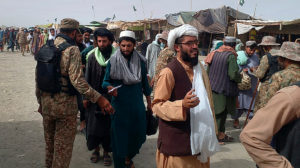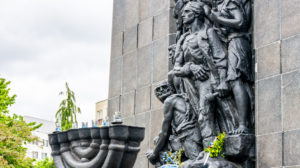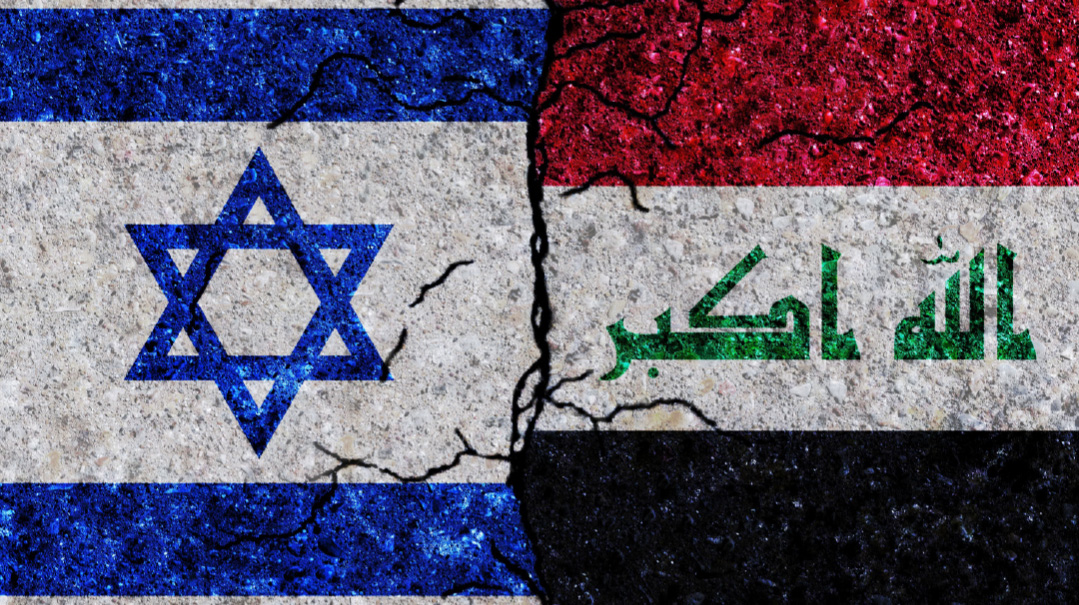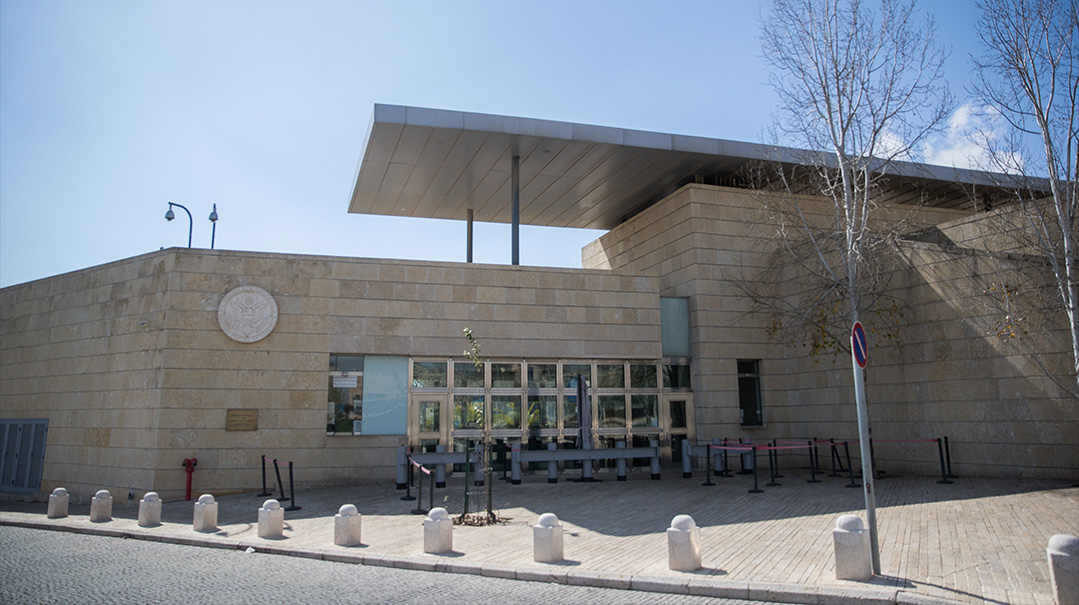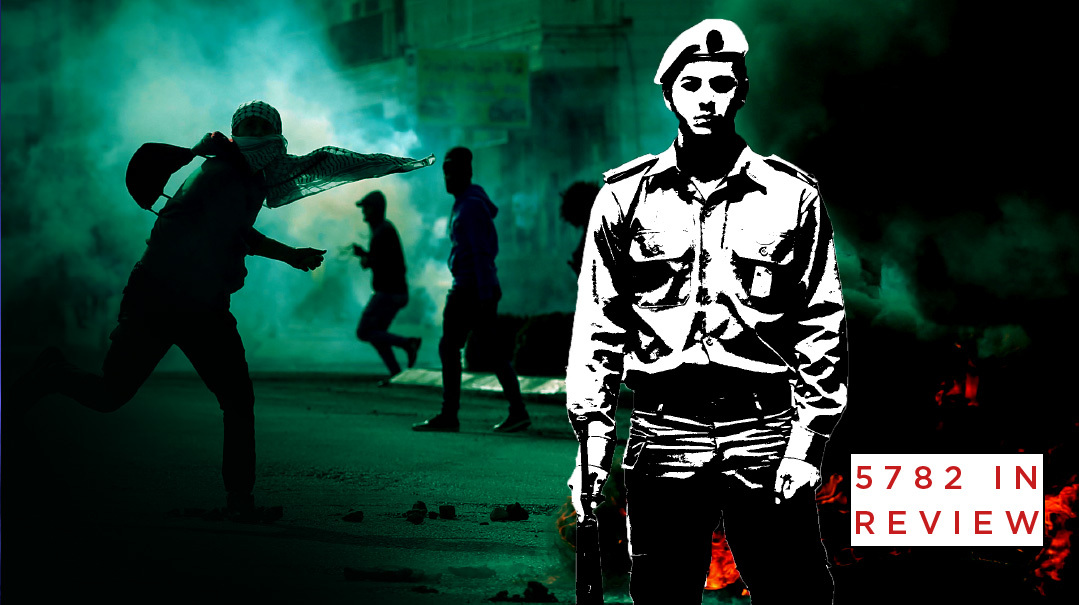A Mossad Hit for the CIA?

Hamas under pressure as IDF digs for victory
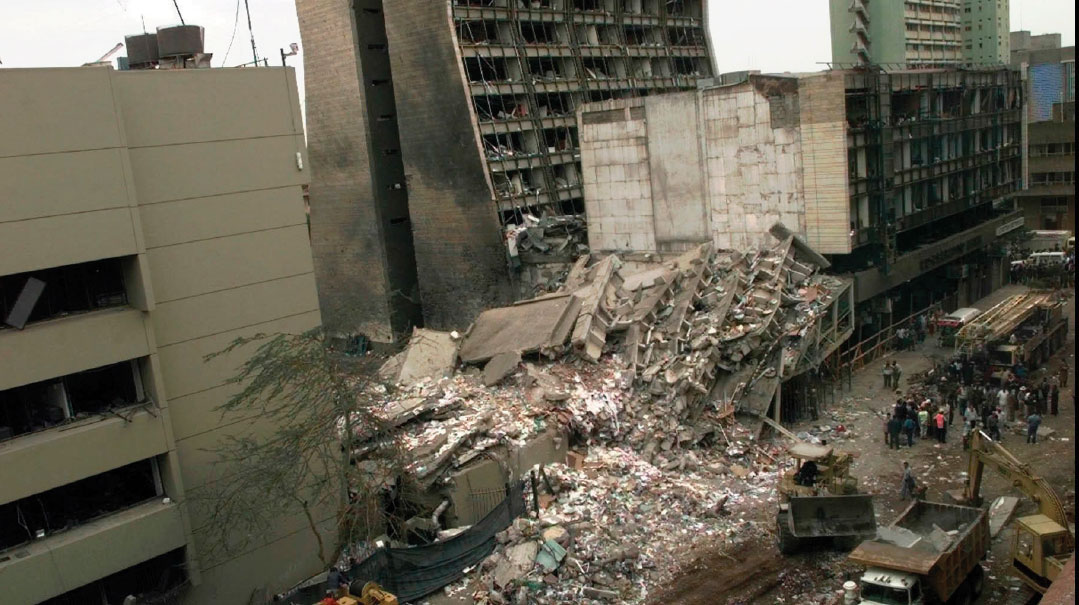
The assassination in Tehran four months ago of Abu Muhammad al-Masri, a senior al-Qaeda terrorist, as reported last week in the New York Times, proves once again — if the report is accurate — that Iran is familiar territory for Israeli intelligence agents.
According to the reports, Mossad agents have conducted frequent operations in Iran, especially against the country’s nuclear installations, relying largely on information received from Unit 8200 of the IDF’s intelligence unit. Another report states that the Mossad has killed at least five Iranian scientists between 2008 and 2012, and was behind the destruction of laboratories and of missile sites.
In 2018, under the mullahs’ noses, Mossad agents broke into an industrial warehouse in Tehran, stole the country’s nuclear archives, and were able to abscond with the goods — according to foreign reports, via Azerbaijan — and return to their base in Glilot.
Again and again, the Iranians are left puzzling over the access and excellent sources Israeli intelligence has in their territory. After a blow like al-Masri’s assassination, Iranian intelligence heads ask themselves who is next in the line of fire. Then they launch a crackdown on traitors, real and imagined. The Mossad’s rent-free hold on Iranian minds leaves them less headspace to plot attacks and seek revenge.
Al-Masri was wanted in the United States because of the central role he played in planning attacks on the US embassies in Kenya and Tanzania in 1998. In all, 224 people died in those attacks, of whom 12 were American citizens; about 4,000 were injured. The attacks in Africa were carried out with explosive-rigged trucks, and they alerted America to the existence of Bin Laden and his al-Qaeda organization, which had been expelled from Sudan to Afghanistan two years prior.
It’s hard to believe that the Mossad would allocate resources and manpower to track down and assassinate al-Masri, and therefore, the widespread assumption is that the American CIA hired the Mossad as a subcontractor to pursue the senior al-Qaeda figure. Journalist Yossi Melman, who is known to have very close ties in Israel’s defense establishment, tells Mishpacha that the Mossad’s assent to helping the CIA is further proof of how close the ties have grown between these two organizations. They don’t only collaborate in collecting, analyzing, and sharing information; they also conduct joint operations on the ground.
This was also evident in 2008, when, according to reports, the Mossad and the CIA worked together to plan and carry out the assassination in Damascus of Imad Mughniyeh, the “defense minister” of Iranian ally Hezbollah. Until the arrival of Bin Laden on the international terror scene, Mughniyeh was considered the FBI’s most wanted man. There was a $5 million bounty on his head because of his role in the deaths of hundreds of people, including Americans, Israelis, Frenchmen, Arabs, and other nationals.
It’s safe to assume that because al-Masri was a marginal target for Israel, the Mossad would not have taken the risk of sending Israeli combatants to Iran to assassinate him. Most likely, the Mossad recruited foreign citizens to carry out this operation. Iran and global media outlets accused Israeli intelligence of recruiting local agents from Iranian opposition groups, and paying them to carry out the operation.
The IDF Posture, North & South
The IDF believes that the chances of getting to a long-term arrangement (hasdarah) with Hamas in the Gaza Strip are low, and the gaps between Israel and Hamas are large. After some signs of progress in recent months, the latest developments on the Middle East scene have changed the situation.
The normalization agreements between Israel and Gulf states, the renewed coordination between the Palestinian Authority and Israel, and Hamas’s own tightening ties with Iran — all put the terror group in a position that complicates making an agreement with Israel.
As the year winds to a close, the data for this past year’s terror attacks show a decline in the number of actions originating from Gaza. At the same time, in light of hasdarah efforts that have largely stalled of late, along with a worsening economic situation in the Strip, the IDF believes that the potential for an escalation in 2021 the Gaza Strip is high.
Last week, the IDF discovered a deep Hamas tunnel whose purpose was to carry out a significant terror attack. The tunnel was dug from the Khan Younis area, toward the agricultural fields of Kibbutz Kissufim. It was exposed using the new tunnel-detection technology called Hamichshol, being tested on the Gaza border; it is expected to be fully implemented by next March.
This latest tunnel is very new, according to assessments. The Southern Command assumes that the tunnel was to be used for a large infiltration of Hamas’s elite Nachba forces, under the cover of the woodsy area near Kibbutz Kissufim. The assumption is that the plan was to attack an IDF outpost or nearby town, and not merely carry out an abduction. The IDF plans to use the remaining route of the tunnel as a testing ground for anti-tunnel methods.
This tunnel was one of about 20 to be located since Operation Protective Edge six years ago. But a deeper look lays bare the battle of wits going on between the IDF and Hamas: The tunnel, about two kilometers long, was dug very deep (the IDF thinks it is the deepest tunnel Hamas has ever dug); it was lined with concrete; and and it included an oxygen and ventilation system adapted to the depth at which it was dug. The tunnel was detected by two soldiers using special underground sensors that detected digging noises. This was the first time that the Hamichshol system directly detected tunnel construction that was underway.
Already now, the Hamichshol project alters the IDF’s defensive approach along the 60-kilometer border with the Gaza Strip. The IDF is preparing a pilot project along six kilometers of that length, to be known as “Hot Border.” It will use make use of real-time information collected from reconnaissance drones, transmitting up-to-date changes in the field. In the no-man’s-land between the old border fence, which will remain in place, and the new barrier about 200 meters to the east, an autonomous vehicle will be dispatched to investigate any alarms, replacing the soldiers who used to patrol this area.
Soldiers will continue to be deployed in the area, but the IDF says that if Hot Border is successful, it will be expanded to the entire Strip, and later to other areas, increasing the efficiency of regular defense operations along the state borders.
The IDF has discerned that Hamas leader Yahya Sinwar is now particularly interested in improving Gaza’s ailing economy and crumbling infrastructure. Looming in the background is coronavirus; a second wave has broken out among Gaza residents. The way for Sinwar to guarantee temporary stability in Gaza is through economic easements and Israeli assistance in battling the virus — but there is a glass ceiling. The two sides’ failure to agree on captives and MIAs, and the concerns of Israel’s government appearing weak in the face of Hamas, make it difficult to attain long-term quiet. The IDF is concerned that the normalization between Israel and Gulf Arab states has caused a tightening of ranks between its foes, including unusual meetings between Hamas senior official Ismail Haniyeh and Hassan Nasrallah of Hezbollah in Beirut.
The Southern Command has drafted a new combat approach, called “sophisticated battles” (Ma’arachah Metuchkemet), that is designed to postpone the next conflict. The strategy is to kill as many terrorists as possible in the earliest stages, similar to last year’s Black Belt operation that began with the liquidation of senior Islamic Jihad terrorist Baha Abu al-Ata.
Applying a lesson from Protective Edge, IDF task forces have drafted two plans of action: an effective exit strategy from the war, and leaving a foundation for the government upon which to implement long term cease-fires with the possibility of rehabilitation in Gaza.
Already now, the IDF anticipates that the international community will not help Gaza recover from the ruins of another war, with the possible exception of Qatar. The army is calling this “aid fatigue,” and it has been felt during the corona period. Gaza is under internal lockdown, increasing the already high unemployment (around 50% in the general sector, and about 65% of the younger population).
But issues such as free passage of Palestinians from Judea and Samaria to Gaza, or the establishment of a Gaza seaport without full Israel control, are not even up for discussion as long as the issues of Israel’s dead soldiers (Hadar Goldin and Oron Shaul Hy”d) and missing persons (Avra Mengistu and Hisham al-Sayed) are unresolved.
Concurrently, the IDF is keeping an eye on the northern front, still tense since the killing of a Hezbollah activist in an attack in Damascus 120 days ago. The terrorist organization sent a signal when it dispatched a drone into Israel that was shot down by the IDF.
There are increasing calls in the security establishment to change the defensive approach in the north, with Hezbollah weakened due to domestic pressure following the deadly August explosion in Beirut and coronavirus raging in Lebanon. There is an opportunity to shift the balance — not to play a tense waiting game, but to strengthen deterrence and respond powerfully to any act of terror.
(Originally featured in Mishpacha, Issue 837)
Oops! We could not locate your form.





